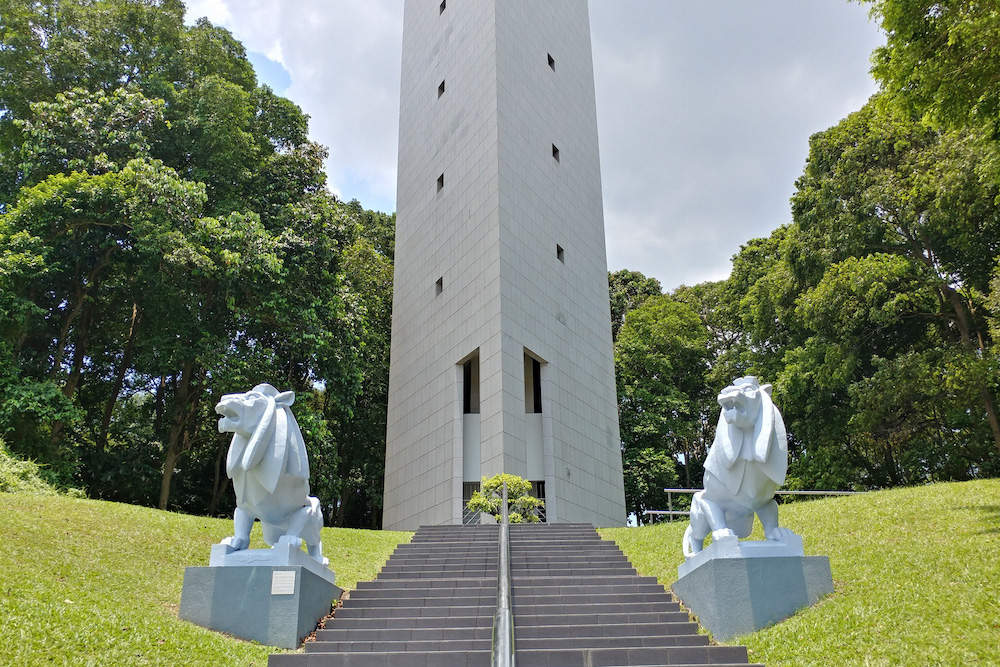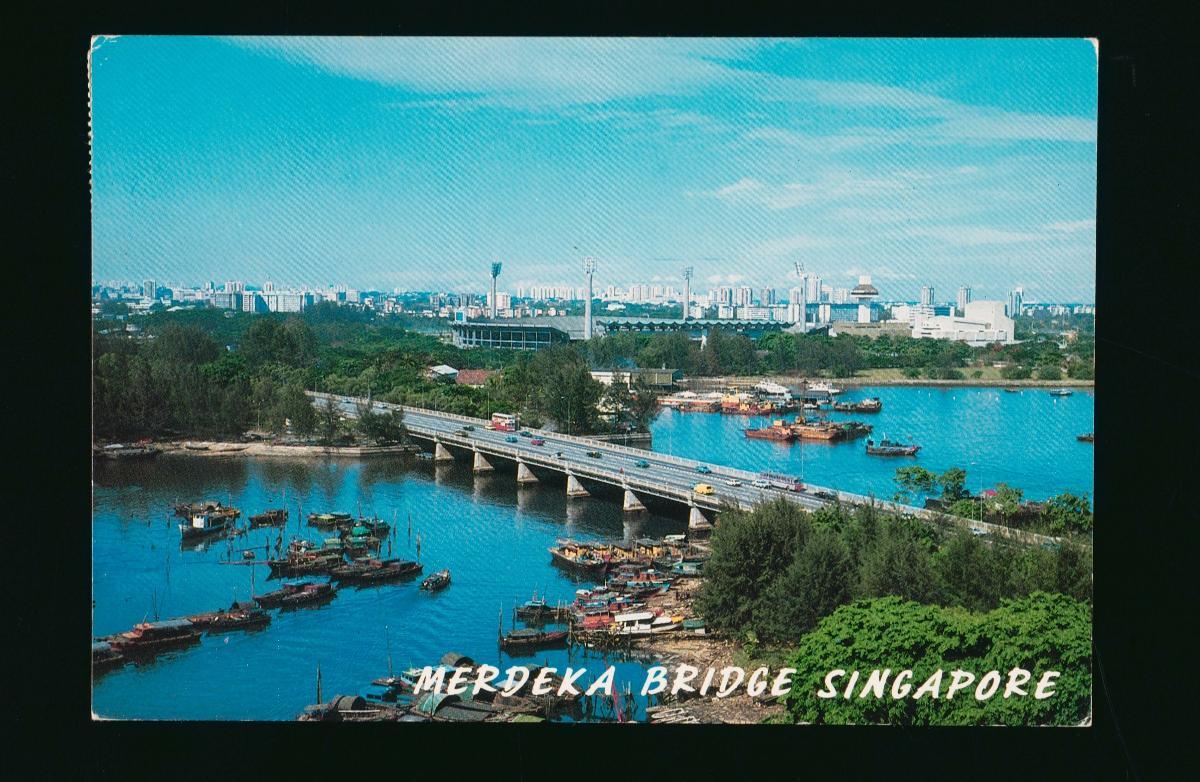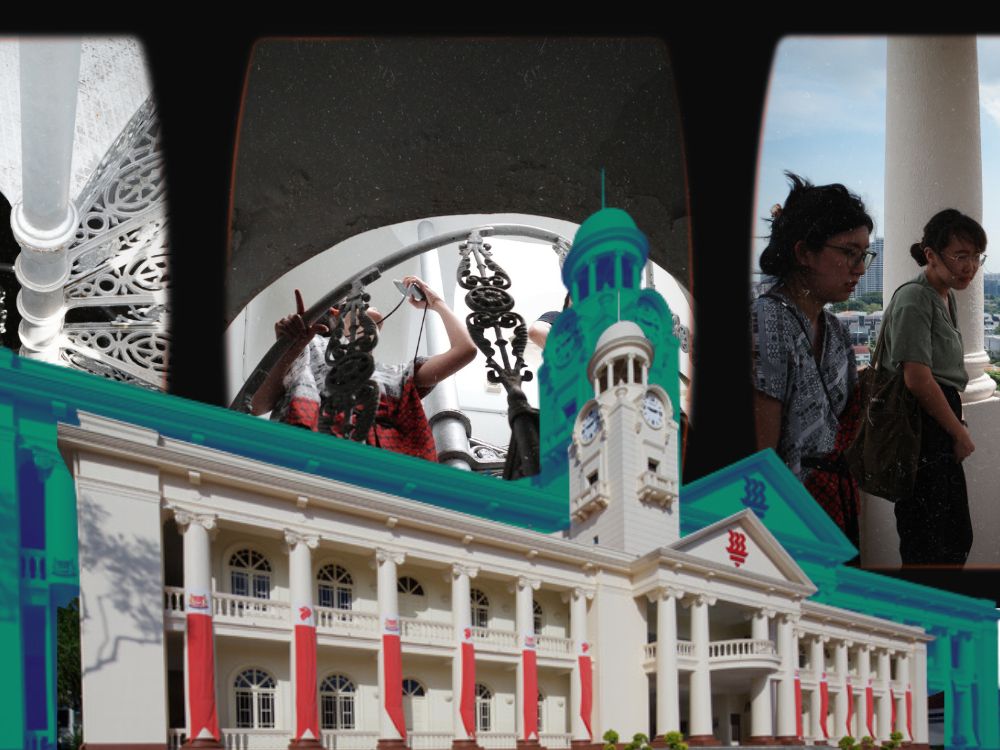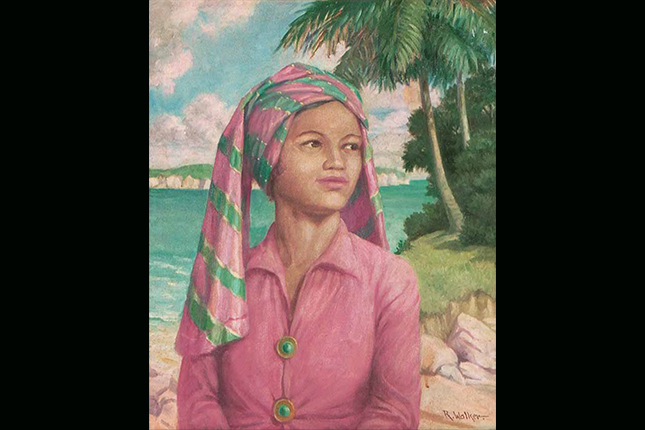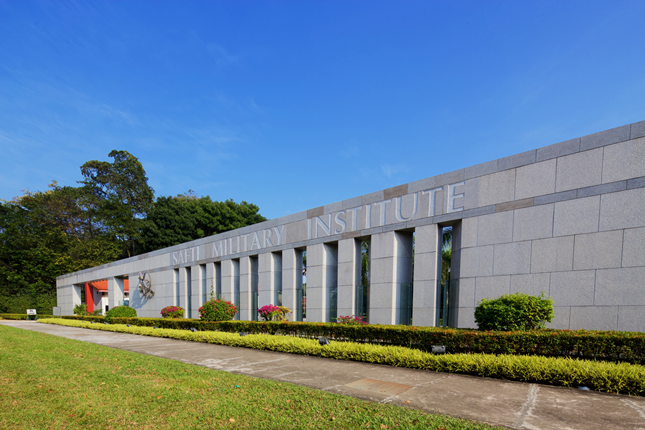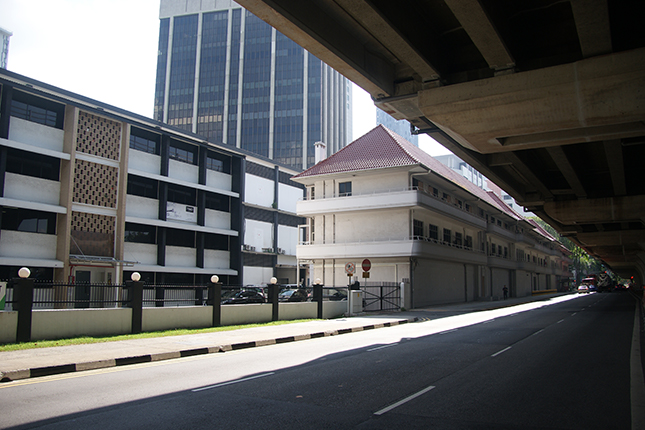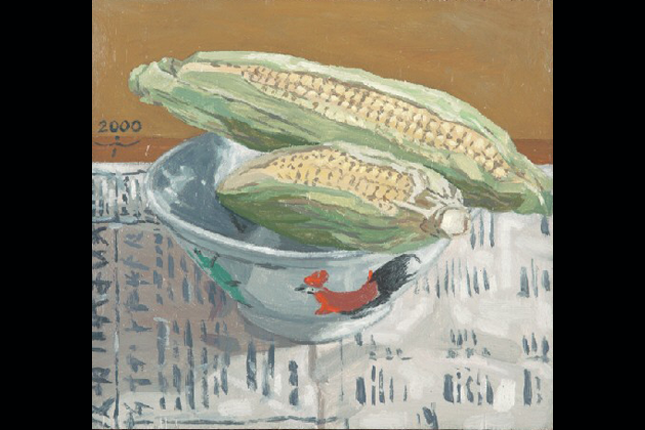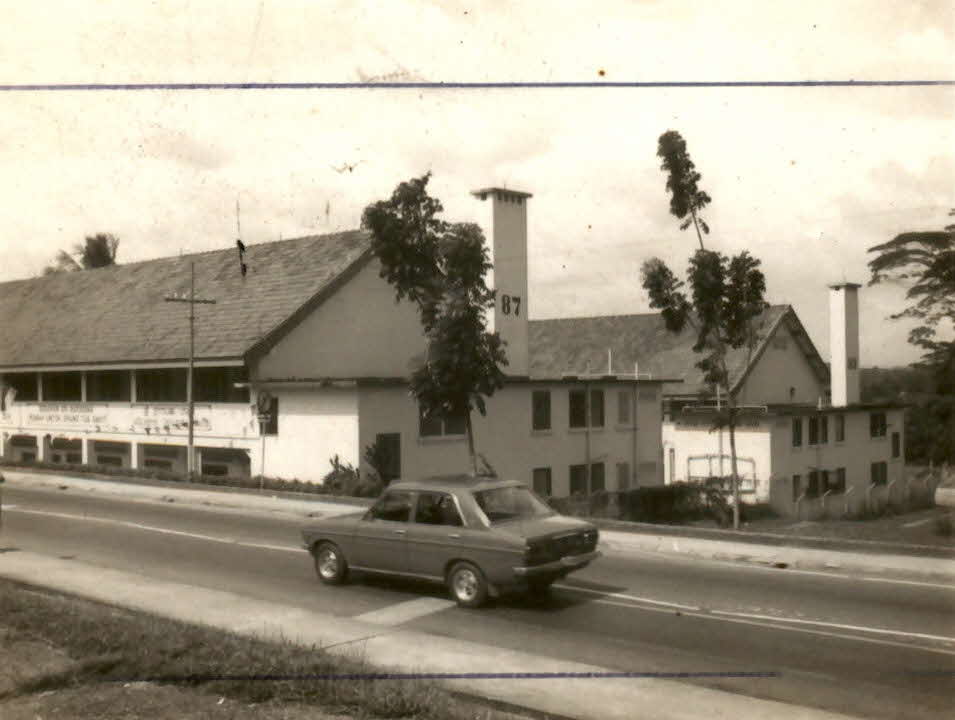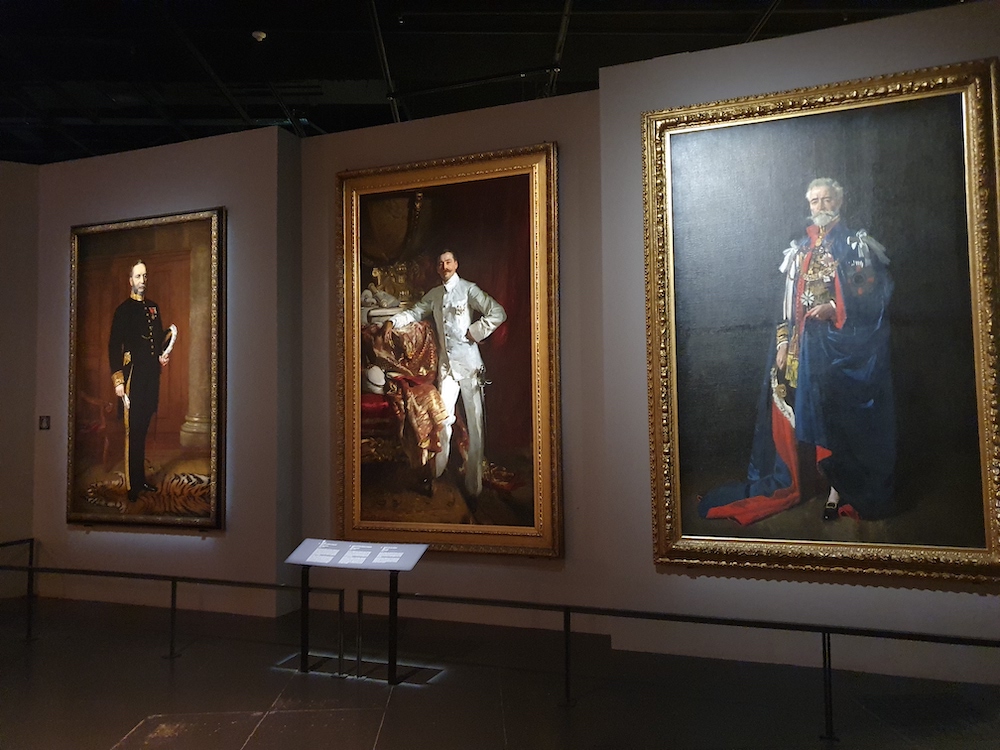The Merdeka (Malay for “independence”) Lions, a pair of stone lions that once stood at the Merdeka Bridges’ two ends, were commissioned by the Public Works Department (PWD) in 1955. The lions are often regarded as a symbol of Singapore’s independence as a nation. They faced an obelisk, or a tall concrete panel adorned with blue mosaic and an insignia.
Design and significance
According to a 1956 newspaper report, Mr L.W. Carpenter of PWD’s Architect Branch sketched the designs for the Merdeka Lions. The full design was believed to be completed by Signor Raoul Bigazzi who had them made in Manila at a cost of $14,200. There are, however, others who attributed the lions to the great Italian sculptor, Rudolfo Nolli.Unlike the bodies and limbs of the Merdeka Lions which are realistic, the head and mane are rendered abstractly.
Multiple relocations
In 1966, the Merdeka Lions were removed from the Merdeka Bridge to make way for the widening of the bridge. Originally built as a dual carriageway with two lanes on each carriageway, a third carriageway was added to cope with the increased volume of traffic.
The Lions were relocated to Stadium Walk near the entrance of Kallang Park. In 1988, the lions were gifted to the Ministry of Defence (MINDEF) so that they could be placed at the new SAFTI Military Institute which was deemed a suitable site as it matched the lions’ symbolic qualities of courage, strength and excellence.
During the construction of the SAFTI Military Institute, the lions were kept at the old SAFTI premises at Pasir Laba Camp.
The Merdeka Lions were finally relocated to the new SAFTI Military Institute on 22 July 1995. At the time of writing, the lions remain at the SAFTI Military Institute and are placed on both sides of steps leading up to the institute’s landmark tower of 17 storeys.
Buildings and sites featured on Roots.gov.sg are part of our efforts to raise awareness of our heritage; a listing on Roots.gov.sg does not imply any form of preservation or conservation status, unless it is mentioned in the article. The information in this article is valid as of April 2021 and is not intended to be an exhaustive history of the site/building.




